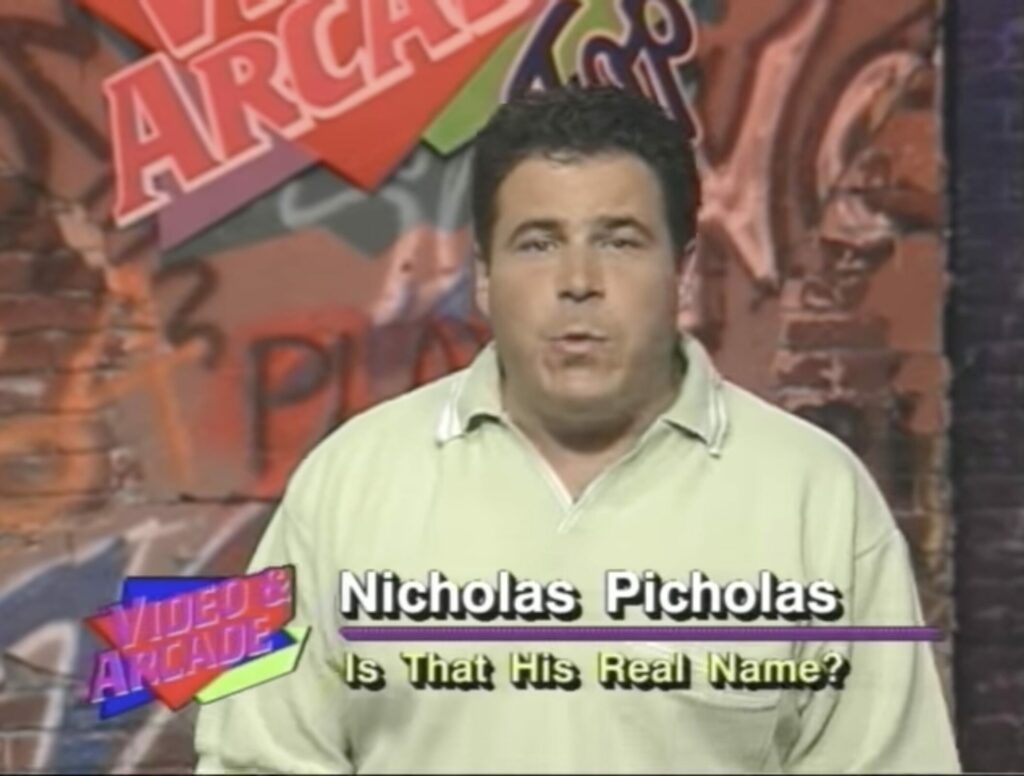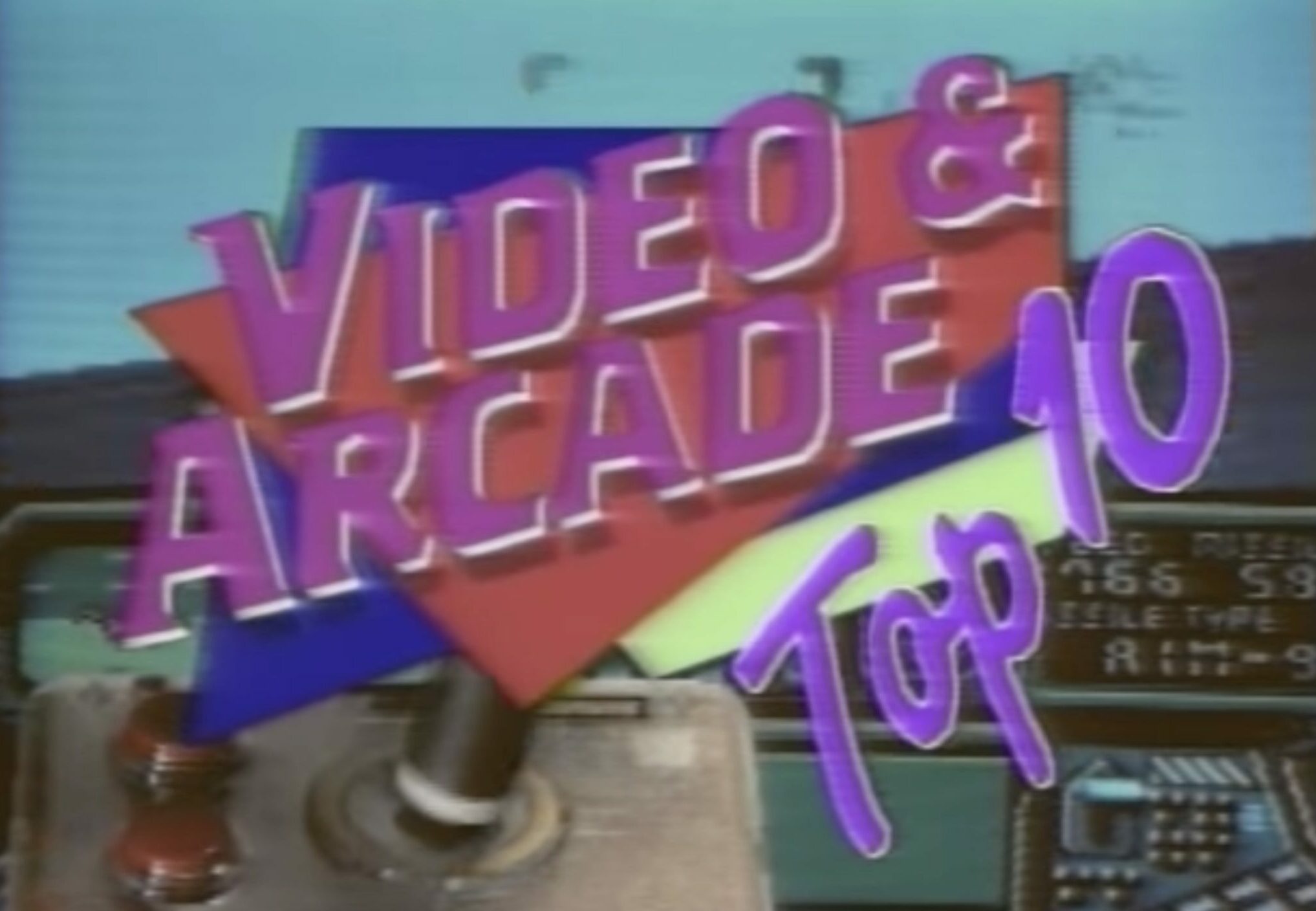This piece originally appeared at Fanbyte in May 2022.
Video games weren’t nearly as much of a part of the culture back in the 90s as they are now. Seeing someone playing a game on TV was a big deal — so an entire show about people playing games was huge. Americans had Nick Arcade, which I might talk about in a future column, but Canadians had our own — arguably superior — video game game show, called Video & Arcade Top 10.
Whereas Nick Arcade was a vaguely gaming-themed kids game show, with actual gameplay segments crammed in-between trivia and a virtual board game, Video & Arcade Top 10 was a straight-up gaming competition. Four kids were pitted against one another in a selected game, typically on a Nintendo console. They were given an objective — get the highest score, get the furthest in the game, etc. and set loose. While they played, the hosts would commentate, offer tips, and occasionally cut away to other segments about new games, movies, and music. Setting games alongside other media made them feel like part of a broader conversation at a time when they were mostly siloed off into their own subculture, and the hip hosts, slick theme song, and cool set made Video & Arcade Top 10 feel like more than a game show — it felt like an event.

When it first aired in 1991, the show was hosted by Gordon Michael Woolvett, who went on to act alongside Kevin Sorbo in Andromeda. But ask almost anyone who hosted Video & Arcade Top 10, and they’ll tell you it was Nicholas Picholas, then they’ll immediately ask “is that his real name?” It isn’t, of course — Picholas’s real name is Nicholas Schimmelpenninck, and in addition to being the long-running host, he was also a local radio DJ. Picholas became synonymous with Video & Arcade Top 10, though he was assisted by a number of other hosts, including Lexa Doig (Jason X, Arrow) and David J. Phillips (Shark City, Life Happens).
At the end of a round, whichever player came out on top won a prize — usually a copy of the game they’d won at, plus something like a Timex watch. Each player was paired up with a member of the studio audience and a home viewer who’d written in, too, and they’d also receive prizes if their corresponding player won. Consolation prizes included tickets to Medieval Times and t-shirts — hey, this was a Canadian kids’ game show, you were lucky to be getting anything. But most memorably, the winner of each round got to visit the “bonus wall,” where they’d reach into a bucket of balls and pluck one out, winning the numbered prize on the wall according to which ball they’d retrieved. Unless, that is, they found the coveted red ball, which let players choose whatever prize they wanted. Even the secondhand excitement of seeing someone get that red ball was like winning the goddamn lottery as a kid.
Video & Arcade Top 10 ran until 2006, meaning it played host to consoles ranging from the NES all the way to the GameCube. It was one of the longest-running English-language Canadian game shows, and it defined cool for a generation of kids. Back then, the idea that kids would watch other kids play video games must have seemed bizarre to parents and executives. But in retrospect, Video & Arcade Top 10 was ahead of its time.

Leave a Reply